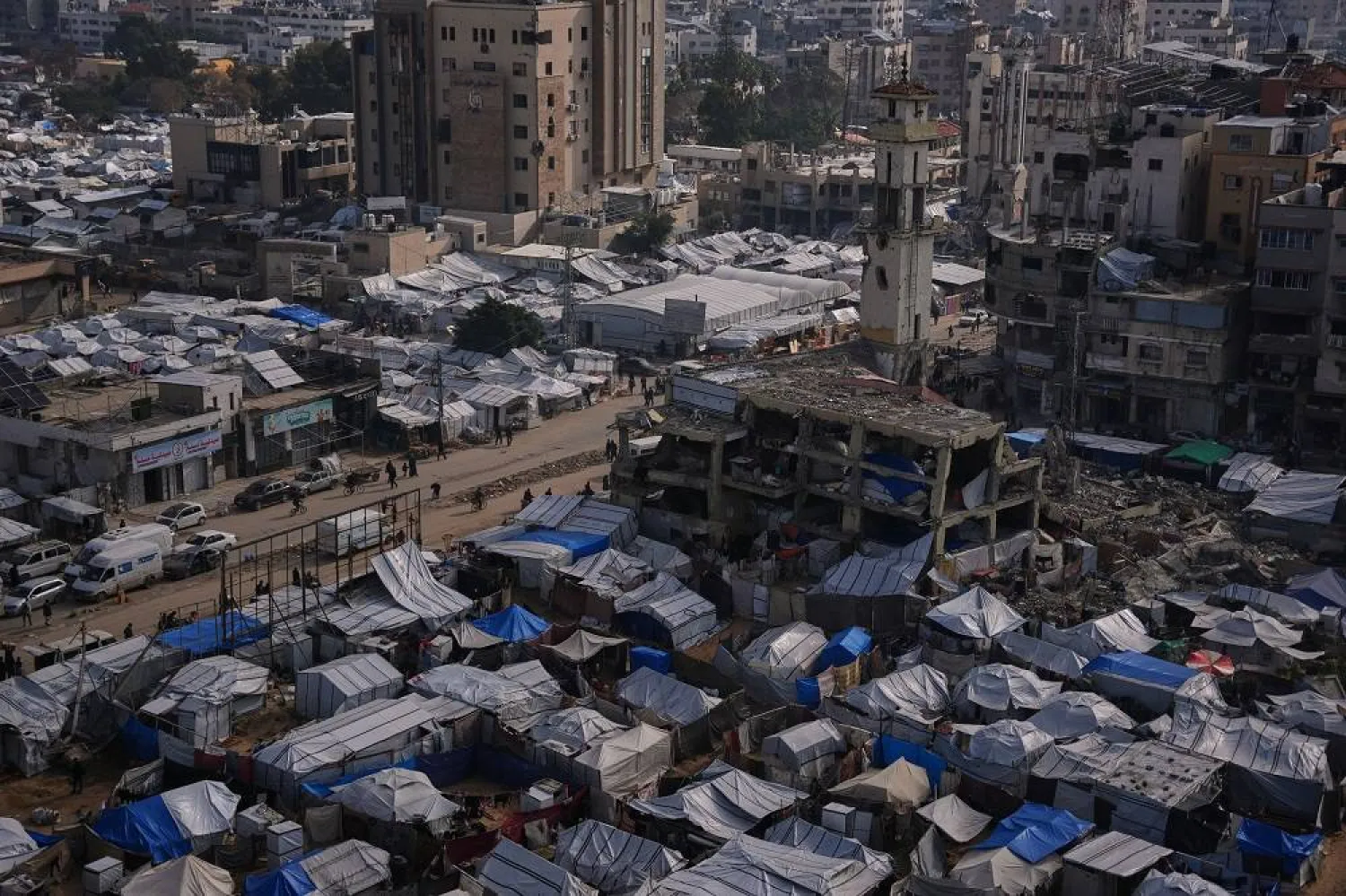Flights to and from the Syrian government-ruled areas have been diverted to Latakia International Airport since the latest Israeli airstrikes that hit airports in Damascus and Aleppo.
Reliable sources in Damascus said the government has most likely completed repairing the two airports but doesn’t want to resume operations so that Israel won’t strike them again.
In the past and after previous strikes on airports, authorities were quick to announce that operations were resuming there in just a matter of days. Now, weeks have past since the attacks and the authorities have yet to announce the resumption of services there.
A local source in Damascus told Asharq Al-Awsat that people are traveling through Latakia International Airport because the two airports in Damascus and Aleppo are out of service.
Another source confirmed to Asharq Al-Awsat that he returned from a foreign country two days ago through the airport in Latakia.
The Syrian Observatory for Human Rights (SOHR) said on Oct. 10 that Israel continues to attack targets in Syria under the pretext of countering Iranian expansion and Iranian-backed militias in the country.
Between October 10 and November 10, the SOHR documented 17 attacks: 11 airstrikes and six rocket attacks by ground forces.
Four airstrikes hit Aleppo International Airport, putting it out of service on four occasions. Two airstrikes hit Damascus International Airport, putting it out of service on two occasions.
After the Israeli attack, Syria’s Ministry of Transport announced that it was diverting scheduled flights to Latakia airport.
Sources said that the Syrian government believes that operating Latakia airport was a safer bet given the deployment of Russian forces at the nearby Hmeimim airport. It is unlikely for Israel to target regions in Syria that are held by Russia, they added.
SOHR confirmed that no military shipments have been delivered to Iranian-backed militias through the Damascus and Aleppo airports after the latest Israeli strikes.
The Damascus Voice website said that a plane from the Iranian Revolutionary Guards-linked Mahan Air flew in from Tehran and landed at the Latakia airport on November 2. The plane had no passengers and was unloaded under Russian-Iranian military protection, the website quoted “private” sources as saying.
Russia has granted Iran the “green light” to use the Latakia airport, part of which is controlled by Russian forces, according to the sources.
The website added that an Ilyushin Iranian cargo plane landed at the Hmeimim base two days ago. IRGC generals were present for the unloading of the plane. The cargo was transferred to an unknown location held by Russian forces.
The same aircraft had been used over the years to deliver weapons and ammunition to pro-Iranian militias in Syria.









